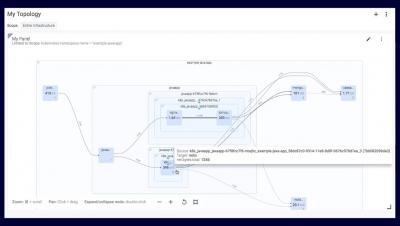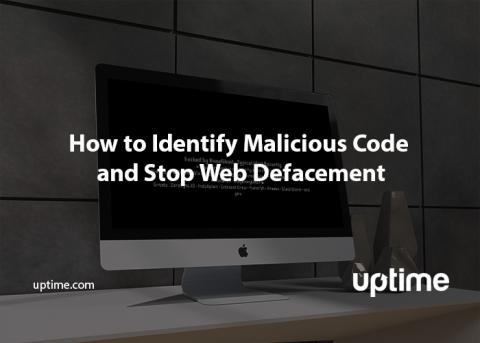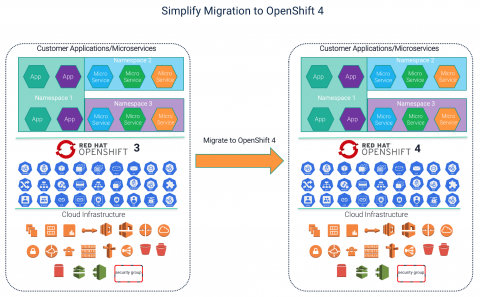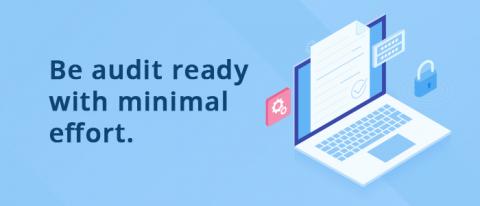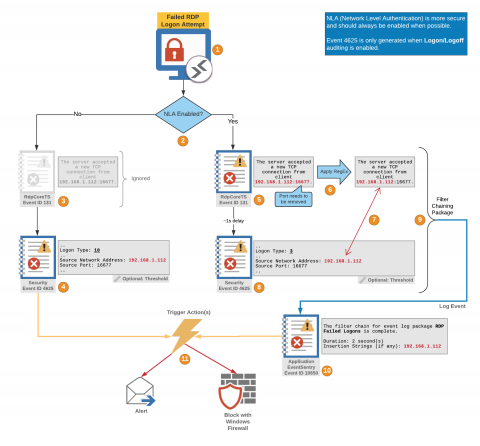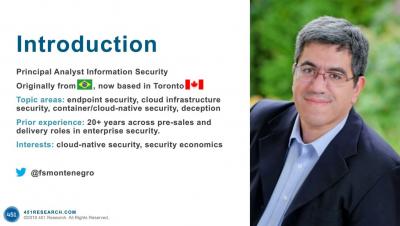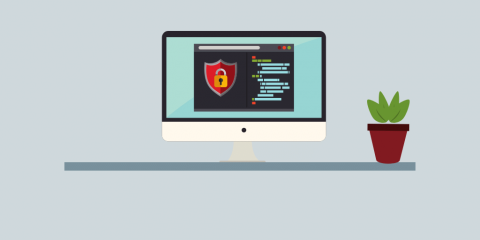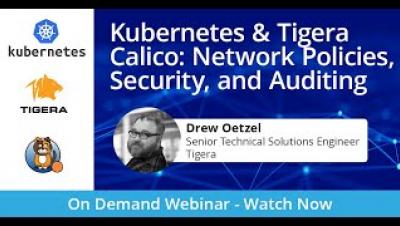Cloud Security: What It Is and Why It's Different
The principles of data protection are the same whether your data sits in a traditional on-prem data center or in a cloud environment. The way you apply those principles, however, are quite different when it comes to cloud security vs. traditional security. Moving data to the cloud introduces new attack-surfaces, threats, and challenges, so you need to approach security in a new way.



